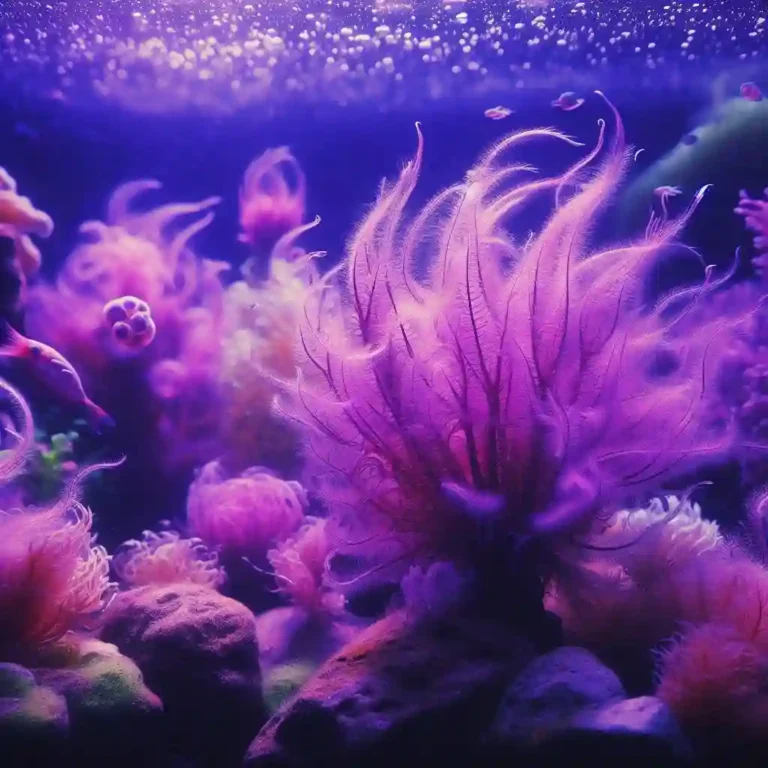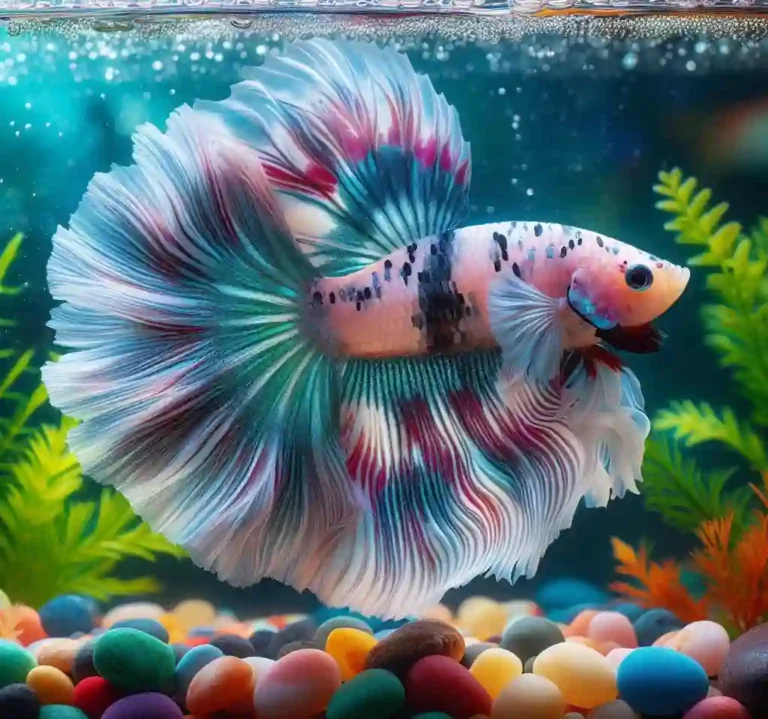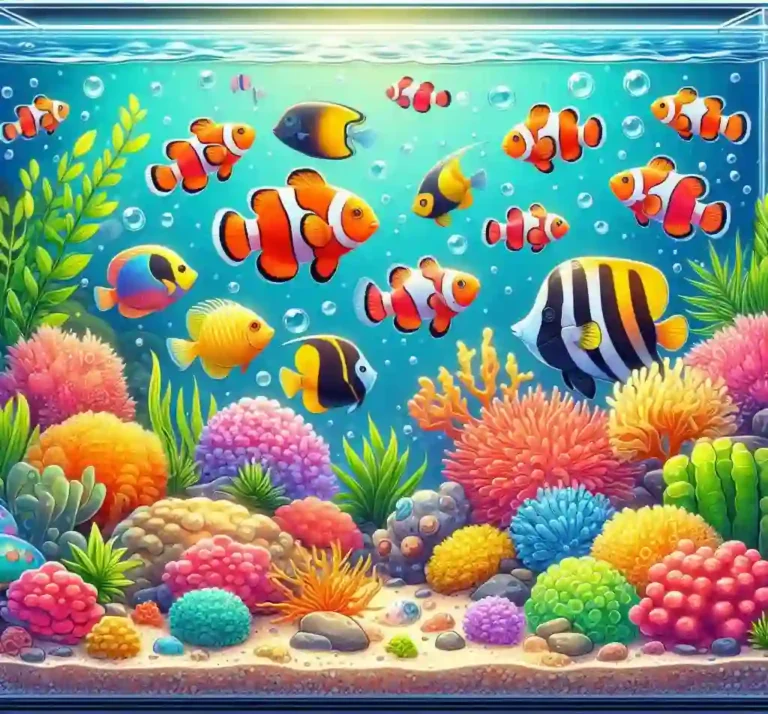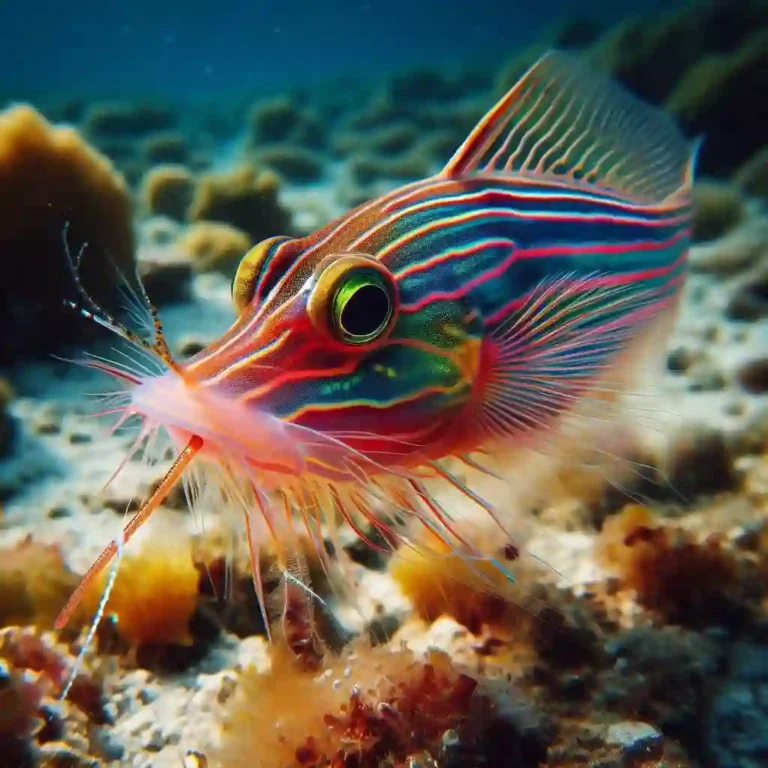Asian Stone Catfish: A Comprehensive Guide
Asian Stone Catfish, a fascinating and enigmatic creature that has captivated aquarium enthusiasts and fish enthusiasts alike.
In this comprehensive guide, we’ll delve into the world of this remarkable fish, exploring its natural history, care requirements, and everything you need to know to successfully keep the Asian Stone Catfish in your home aquarium.
Asian Stone Catfish: A Quick Guide
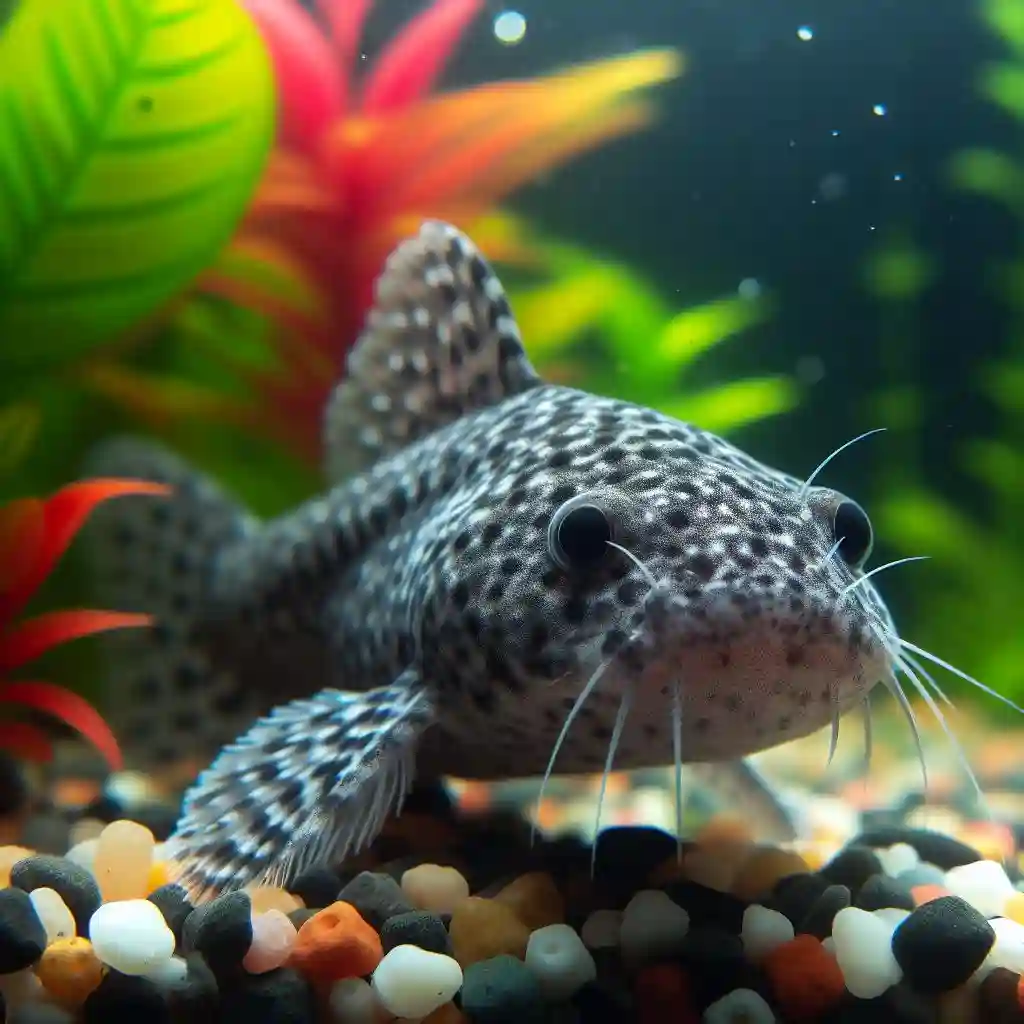
Scientific Name: Hemibagrus wyckioides
Common Name: Asian Stone Catfish
Origin: Southeast Asia, including Thailand, Vietnam, and Cambodia
Appearance:
- Elongated body with a broad, flat head
- Armored plating on the body and head
- Brownish-gray color with a lighter belly
- Can grow up to 30-40 cm (12-16 inches) in length
Care Requirements:
- Aquarium size: Minimum 120 gallons (450 liters)
- Water temperature: 22-28°C (72-82°F)
- pH: 6.5-8.0
- Water hardness: 5-15 dGH
- Diet: Omnivorous, feed a varied diet including meaty and plant-based foods
Behavior:
- Solitary and territorial
- Nocturnal, most active at night
- Can be aggressive towards other fish, especially during feeding or when competing for resources
Natural Habitat and Distribution: Uncovering the Origins of the Asian Stone Catfish
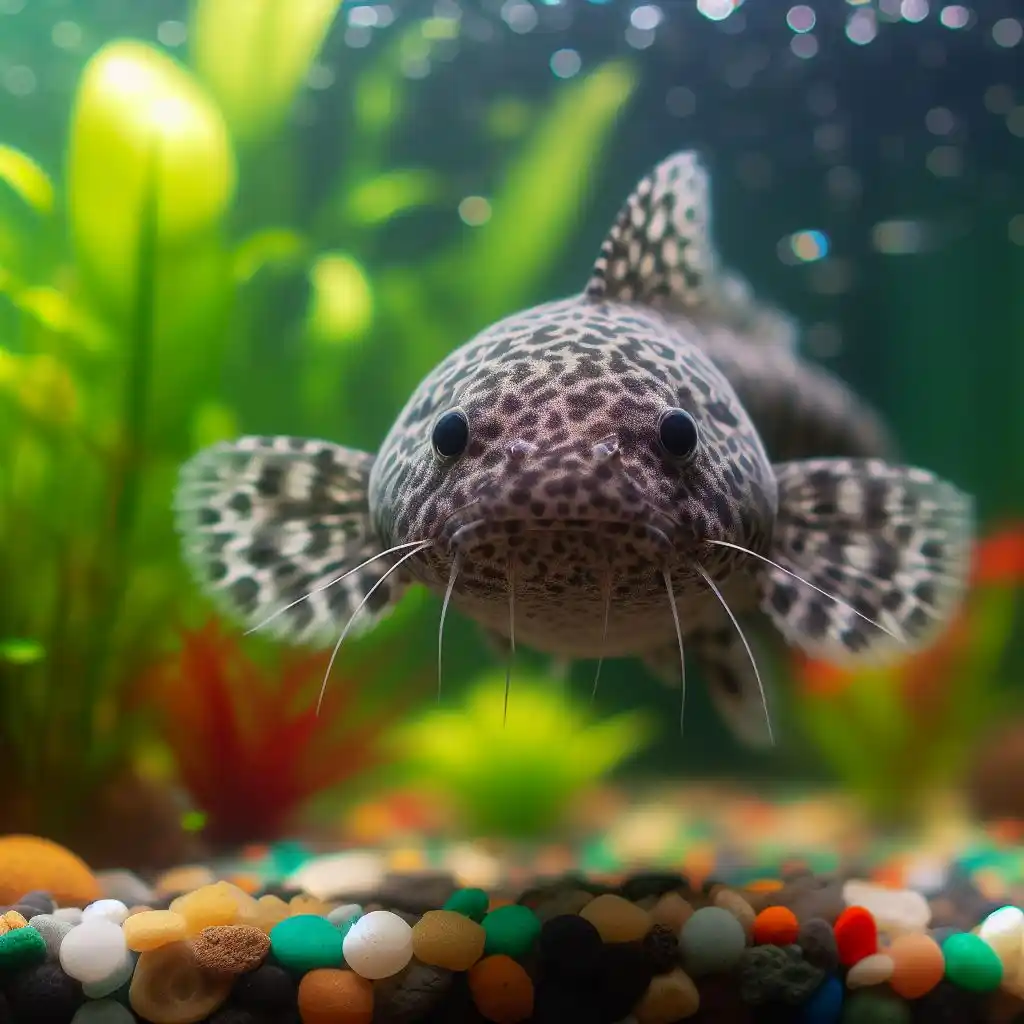
The Asian Stone Catfish, also known as Hemibagrus wyckioides, is a species of catfish that originates from the freshwater rivers and streams of Southeast Asia. Its natural habitat spans across several countries, including:
- Thailand: Found in the Mekong and Chao Phraya river basins
- Vietnam: Found in the Mekong Delta and surrounding rivers
- Cambodia: Found in the Tonle Sap Lake and surrounding rivers
- Laos: Found in the Mekong River and surrounding rivers
In its natural habitat, the Asian Stone Catfish inhabits areas with:
- Slow-moving to moderate currents: The fish is adapted to living in areas with gentle to moderate water flow
- Rocky or sandy substrates: The fish is often found in areas with rocky or sandy bottoms, where it can hide and forage for food
- Water depths of 1-10 meters: The fish is found in shallow to moderately deep waters, where it can feed on small invertebrates and algae
- Water temperatures of 20-28°C: The fish is adapted to living in warm, tropical waters with temperatures ranging from 20-28°C (68-82°F)
Physical Characteristics: A Closer Look at the Asian Stone Catfish’s Unique Appearance
The Asian Stone Catfish is a striking species, characterized by its distinctive appearance and robust build. Here are some of its notable physical characteristics:
- Body shape and size: The Asian Stone Catfish has a stout, elongated body that can grow up to 30-40 cm (12-16 inches) in length, with a maximum weight of around 1-2 kg (2-4 pounds).
- Armored plating: One of the most distinctive features of the Asian Stone Catfish is its armored plating, which covers its body and head. This plating is made up of bony plates called “scutes” that provide protection from predators and the environment.
- Coloration: The Asian Stone Catfish has a mottled brown and gray coloration, which helps it blend in with its surroundings. The coloration can vary depending on the individual fish and its environment.
- Head shape and mouth: The Asian Stone Catfish has a broad, flat head with a short, wide mouth. Its mouth is equipped with powerful jaws and teeth, which are used to crush and grind food.
- Eyes and barbels: The Asian Stone Catfish has small eyes and long, thin barbels (whisker-like sensory organs) around its mouth, which help it detect food and navigate its environment.
- Fins: The Asian Stone Catfish has a large dorsal fin and a long, flowing anal fin, which it uses to maneuver and balance in the water.
- Scales: The Asian Stone Catfish has small, rough scales that provide additional protection and help reduce friction as it moves through the water.
Diet and Feeding Habits: What to Feed Your Asian Stone Catfish for Optimal Health
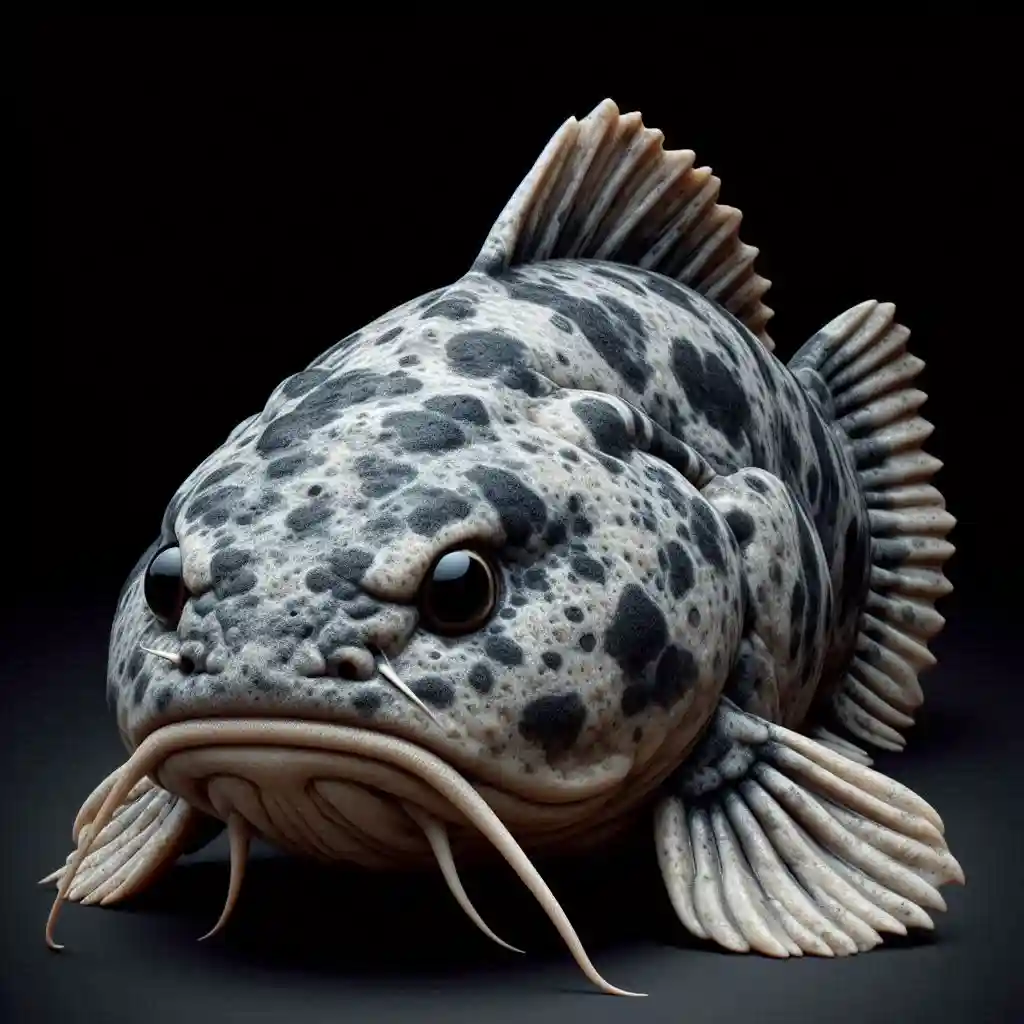
In the wild, the Asian Stone Catfish is an opportunistic omnivore, feeding on a variety of food sources including:
- Invertebrates: Crustaceans, insects, and worms
- Algae: Aquatic plants and algae
- Detritus: Decaying organic matter
- Small fish: Occasional small fish and fish fry
In the aquarium, it’s essential to replicate this varied diet to ensure the optimal health and well-being of your Asian Stone Catfish. Here are some tips for feeding your Asian Stone Catfish:
- Variety is key: Provide a varied diet that includes a mix of meaty and plant-based foods.
- High-quality commercial pellets: Use a high-quality commercial pellet as the main staple, supplemented with other foods.
- Live and frozen foods: Offer live or frozen foods such as brine shrimp, bloodworms, and earthworms 2-3 times a week.
- Vegetable matter: Provide algae wafers or spirulina flakes as a source of plant-based nutrition.
- Avoid overfeeding: Feed your Asian Stone Catfish 2-3 times a day, only as much as they can consume within a few minutes.
- Avoid fatty foods: Avoid feeding your Asian Stone Catfish fatty foods such as beef heart or chicken liver, as they can lead to digestive issues.
Some recommended foods for Asian Stone Catfish include:
- Hikari Algae Wafers
- New Life Spectrum Pellets
- Omega One Frozen Brine Shrimp
- Hikari Bloodworms
- Earthworms (live or frozen)
Aquarium Care and Setup: Creating the Perfect Environment for Your Asian Stone Catfish

Aquarium Size and Shape
- Minimum tank size: 120 gallons (450 liters)
- Tank shape: Long and wide, with a secure lid to prevent jumping
Water Parameters
- Water temperature: 22-28°C (72-82°F)
- pH: 6.5-8.0
- Water hardness: 5-15 dGH
- Water flow: Moderate to strong
Substrate and Decorations
- Substrate: Sand or fine gravel, with some rocky areas for hiding
- Decorations: Rocks, driftwood, and plants (such as Java moss or Anacharis) to provide hiding places and visual interest
Water Quality and Filtration
- Use a high-quality canister filter or a combination of sponge filters and powerheads to maintain excellent water quality
- Perform regular water changes (10-20% every week) to maintain water quality and prevent disease
Water Level and Aeration
- Maintain a water level of at least 30 cm (12 inches) to provide enough swimming space
- Use aeration devices, such as air stones or powerheads, to increase water circulation and oxygen levels
Lighting
- Use low to moderate lighting, as Asian Stone Catfish are sensitive to bright lights
- Use plants or decorations to create shaded areas and provide hiding places
- Avoid keeping Asian Stone Catfish with small or fin-nipping fish, as they may be seen as prey
- Good tank mates include peaceful, bottom-dwelling fish, such as Corydoras or Loaches
Maintenance and Monitoring
- Regularly monitor water parameters and make adjustments as necessary
- Perform regular water changes and clean the aquarium regularly to prevent disease and maintain water quality
Water Parameters and Quality: Tips for Maintaining a Healthy Environment
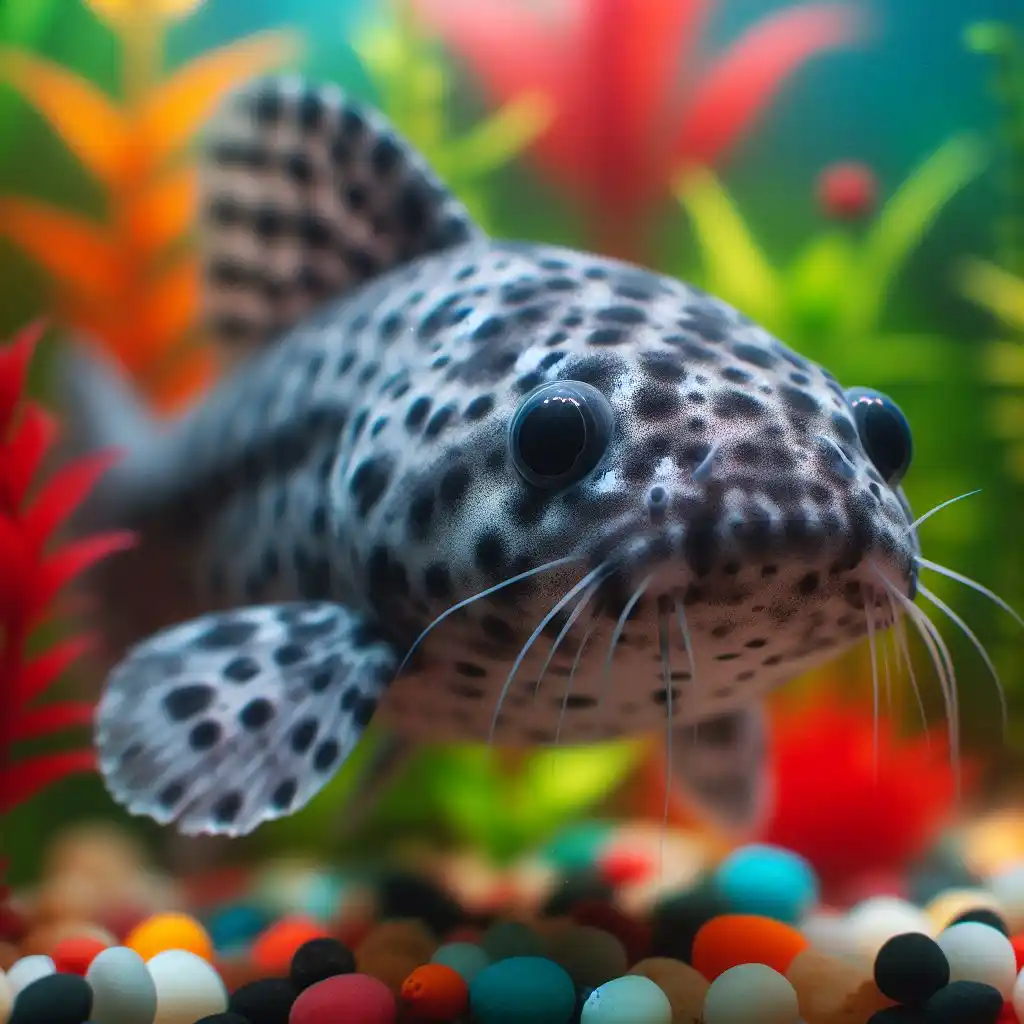
Water Temperature
- Maintain a temperature range of 22-28°C (72-82°F)
- Avoid sudden temperature changes, as this can cause stress and illness
pH and Water Hardness
- Maintain a pH range of 6.5-8.0
- Maintain a water hardness range of 5-15 dGH
- Avoid sudden changes in pH and water hardness, as this can cause stress and illness
Water Quality
- Monitor ammonia, nitrite, and nitrate levels regularly
- Perform regular water changes (10-20% every week) to maintain optimal water quality
- Use a high-quality filter media and maintain it regularly to ensure optimal water quality
Water Circulation and Oxygenation
- Maintain a moderate to strong water flow to ensure optimal oxygenation
- Use powerheads or adjust the direction of your filter outlets to create water circulation and prevent “dead spots
Water Clarity and Turbidity
- Maintain clear and transparent water by performing regular water changes and cleaning the aquarium regularly
- Avoid overfeeding, as this can lead to cloudy water and poor water quality
Regular Water Testing
- Test the water regularly for ammonia, nitrite, nitrate, pH, and water hardness
- Use a water test kit to monitor water parameters and make adjustments as necessary
Water Change Schedule
- Perform a 10-20% water change every week to maintain optimal water quality
- Use a gravel vacuum to remove debris and waste from the substrate during water changes
Behavior and Socialization: Understanding the Asian Stone Catfish’s Quirks and Needs
Solitary Nature
- Asian Stone Catfish are generally solitary animals and prefer to be alone
- They may become aggressive towards other fish, especially during feeding or when competing for resources
- Keep them alone or with peaceful, bottom-dwelling fish that won’t compete for food or resources
Nocturnal Behavior
- Asian Stone Catfish are nocturnal, meaning they are most active at night
- Provide plenty of hiding places and visual barriers to help them feel secure during the day
- Avoid sudden movements or loud noises, as this can stress them out
Territorial Behavior
- Asian Stone Catfish are territorial and may defend their territory from other fish
- Provide plenty of hiding places and visual barriers to help them establish their territory
- Avoid overcrowding the aquarium, as this can lead to territorial disputes
Feeding Behavior
- Asian Stone Catfish are opportunistic feeders and will eat a wide variety of foods
- Feed them a varied diet that includes meaty and plant-based foods
- Avoid overfeeding, as this can lead to digestive issues and poor water quality
Socialization Needs
- Asian Stone Catfish don’t require social interaction with other fish, but they do benefit from human interaction
- Spend time observing and interacting with your fish, such as feeding them by hand or providing enrichment activities
- Avoid sudden movements or loud noises, as this can stress them out
Breeding and Reproduction: A Guide to Successfully Spawning Asian Stone Catfish
Choosing Breeding Stock
- Select healthy, mature fish with good body shape and coloration
- Choose fish with a good balance of masculine and feminine characteristics
- Avoid breeding fish with genetic defects or deformities
Setting Up the Breeding Tank
- Use a separate breeding tank with a capacity of at least 20 gallons
- Provide plenty of hiding places, such as plants, rocks, and driftwood
- Maintain a temperature range of 22-28°C (72-82°F) and a pH range of 6.5-8.0
Inducing Spawning
- Condition the breeding stock with a varied diet rich in nutrients
- Gradually increase the water temperature to 28°C (82°F) to induce spawning
- Use a spawning medium, such as a spawning cone or a breeding basket, to collect the eggs
Spawning and Egg Care
- Spawning typically occurs at dawn or dusk, with the male fish displaying courtship behavior
- Collect the eggs immediately after spawning and rinse them gently in a separate container
- Incubate the eggs in a separate tank with a temperature range of 22-25°C (72-77°F) and a pH range of 6.5-8.0
Larval Care
- Feed the larvae with infusoria or a commercial larval food
- Maintain a water temperature range of 22-25°C (72-77°F) and a pH range of 6.5-8.0
- Monitor water quality and perform regular water changes to prevent disease and poor water quality
Common Breeding Challenges
- Difficulty inducing spawning
- Low fertility or poor egg quality
- High mortality rates among larvae
- Disease and poor water quality
Common Health Issues and Diseases: Prevention and Treatment Strategies for a Healthy Asian Stone Catfish
Common Health Issues:
- Swim bladder disease: Caused by poor water quality, overfeeding, or genetics. Symptoms include difficulty swimming, labored breathing, and lethargy. Prevention: Maintain good water quality, avoid overfeeding, and provide a balanced diet. Treatment: Improve water quality, reduce feeding, and provide a swim bladder treatment.
- Fin rot: Caused by poor water quality, bacterial infections, or fin nipping. Symptoms include frayed or rotting fins, lethargy, and loss of appetite. Prevention: Maintain good water quality, avoid fin nipping, and provide a balanced diet. Treatment: Improve water quality, treat with antibiotics, and provide a fin rot treatment.
- Ich: Caused by poor water quality, stress, or parasites. Symptoms include white spots, lethargy, and loss of appetite. Prevention: Maintain good water quality, avoid stress, and provide a balanced diet. Treatment: Improve water quality, increase water temperature, and treat with an ich treatment.
Diseases:
- Bacterial infections: Caused by poor water quality, wounds, or stress. Symptoms include lethargy, loss of appetite, and visible wounds. Prevention: Maintain good water quality, avoid stress, and provide a balanced diet. Treatment: Improve water quality, treat with antibiotics, and provide a bacterial infection treatment.
- Parasitic infections: Caused by poor water quality, stress, or parasites. Symptoms include lethargy, loss of appetite, and visible parasites. Prevention: Maintain good water quality, avoid stress, and provide a balanced diet. Treatment: Improve water quality, treat with a parasitic infection treatment, and provide a balanced diet.
Prevention Strategies:
- Maintain good water quality by performing regular water changes and monitoring water parameters.
- Provide a balanced diet that includes a variety of foods and avoids overfeeding.
- Avoid stress by providing a peaceful environment, avoiding overcrowding, and providing plenty of hiding places.
- Monitor your fish regularly for signs of illness or disease.
Treatment Strategies:
- Improve water quality by performing a water change and adjusting water parameters.
- Treat with medications or treatments specifically designed for the disease or health issue.
- Provide a balanced diet and avoid overfeeding.
- Quarantine affected fish to prevent the spread of disease.
FAQs
Q: What is the ideal aquarium size for Asian Stone Catfish?
A: A minimum of 120 gallons (450 liters) is recommended, but larger aquariums are even better.
Q: What is the ideal water temperature for Asian Stone Catfish?
A: The ideal water temperature is between 22-28°C (72-82°F).
Q: What is the ideal pH range for Asian Stone Catfish?
A: The ideal pH range is between 6.5-8.0.
Q: What kind of food do Asian Stone Catfish eat?
A: Asian Stone Catfish are omnivores and eat a variety of foods including meaty and plant-based foods.
Q: Are Asian Stone Catfish aggressive?
A: Yes, Asian Stone Catfish can be aggressive towards other fish, especially during feeding or when competing for resources.
Q: Can Asian Stone Catfish be kept with other fish?
A: Yes, but with caution. They can be kept with peaceful, bottom-dwelling fish that won’t compete for food or resources.
Q: How often should I feed my Asian Stone Catfish?
A: Feed your Asian Stone Catfish 2-3 times a day, only as much as they can consume within a few minutes.
Q: How often should I perform water changes for my Asian Stone Catfish?
A: Perform water changes of 10-20% every week to maintain good water quality.
Q: What are some common health issues in Asian Stone Catfish?
A: Common health issues include swim bladder disease, fin rot, and ich.
Q: How long do Asian Stone Catfish live?
A: Asian Stone Catfish can live for 10-15 years or more in captivity with proper care.

Hello, I’m Aria Cooper, the heart and soul behind Swimmy Buddies. As a devoted fish aficionado, I share my aquatic adventures and expertise to inspire your own underwater explorations. 🐠🌊


